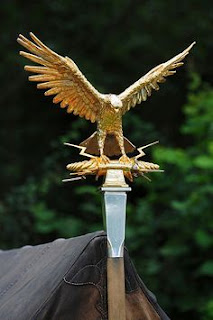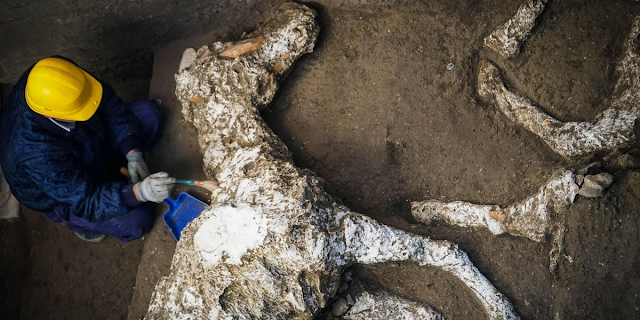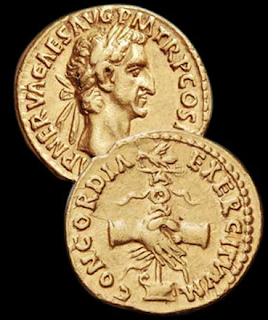 The large sum was lost at the Roman site in the Roman province of Pannonia Superior. | Researchers in Hungary discovered a rare gold Roman coin of Roman emperor Volusianus. The third-century coin depicts Emperor Volusianus, who co-ruled the Roman Empire for about two years with his father, until he was assassinated at age 22 by his own soldiers. The coin was minted during his rule, between A.D. 251 and 253. One side of the coin features a portrait of the emperor, while the other side depicts Libertas, freedom. The denomination of the coin is not an ordinary aureus, but a rare binio, i.e. a double aureus. |
Monday, February 28, 2022
Emperor Volusianus - binio
Wednesday, February 23, 2022
Trump's Eagle - Aquila - SPQR
 | An aquila, or eagle, was a prominent symbol used in ancient Rome, especially as the standard of a Roman legion. A legionary known as an aquilifer, or eagle-bearer, carried this standard. Each legion carried one eagle.  |  |
Monday, February 21, 2022
Mars Ultor 'the Avenger'
 Augustus, 27 BCE – 14 CE, Denarius (Silver, 3.85 g) | At the battle of Philippi, Octavian vowed to avenge the assassination of Caesar. Octavian set plans in motion to build a temple honoring the god Mars Ultor 'the Avenger'. While Rome had succeeded in conquering most of the civilized world, they had never succeeded against Parthia. The Parthian Empire was spread across Central Asia and posed a formidable challenge. Rome fought and lost to Parthia three times, the most devastating in 53 BCE. Crassus, the leader of the Roman army, was killed and Rome was humiliated, with the Roman standards of the Legions lost to the Parthians. |
Friday, February 18, 2022
Amazing Discoveries
 | In 2018, a farmer on Crete parked his car on his property outside of Kentri. The earth under his vehicle sank. He found the remains of an extremely rare undisturbed Minoan grave (1400–1200 BC). |  |
 | It is known for the most breathtaking mosaics from ancient times. In 2014 three new mosaics were found. The most amazing is a scene depicting the nine Muses. | 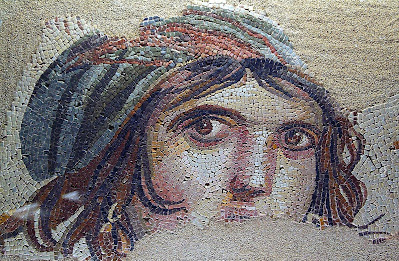 |
 | Spectactular grave goods marked her as extremely rich. The entire site is a grave good, likely built to protect the woman’s remains. | 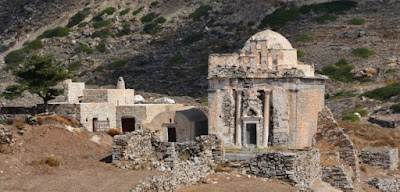 The mausoleum stood as one of the most impressive and best-preserved in the Aegean. |
Thursday, February 17, 2022
Evidence of huge Viking Camp in Lincolnshire
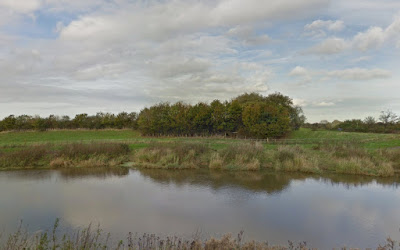 | In 2017 archaeologists found evidence of a huge army encampment in Lincolnshire dated to the 9th century. It was established to conquer England. |
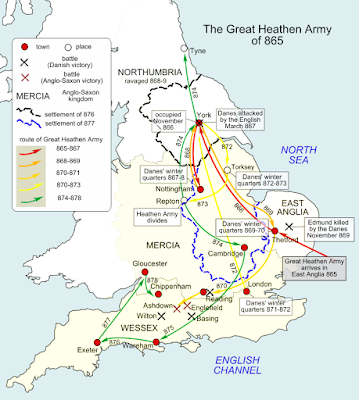 | The camp, set up for the winter of 872 to 873, was home to thousands of Vikings. The army was known as the Great Heathen Army in the Anglo-Saxon Chronicle of 865. Previous Viking invasions were hit and run, but this one was meant to conquer the Anglo-Saxon kingdoms. The Viking camp was on the banks of the River Trent in Torksey and was a strategic and defensive outpost in the winter for part of the military campaign. The Great Heathen Army remained in England for 10 years, conquering all the kingdoms except Wessex. In 871, Alfred the Great of Essex paid the Vikings to leave. In 875, the Vikings attacked Wessex, but King Alfred defeated the Great Heathen Army and united England. |  |
 | Archaeologists found 300 coins and 50 pieces of chopped up silver, including brooch fragments and ingots. They also found rare hack-gold. Among the coins are 100 Arabic silver coins that probably came from Viking trade routes. Other artifacts include gaming pieces, spindle whorls, fishing weights, needles and iron tools. |
Wednesday, February 16, 2022
Greek cops seize head of ancient kouros statue in Nemea
Friday, February 4, 2022
Harnessed horse unearthed in ancient stable near Pompeii
 | The villa's terraces had views of the Bay of Naples and Capri island. The area was previously excavated, during the early 1900s, but later re-buried. It's thought suffocating volcanic ash or boiling vapors killed the horses. |
Thursday, February 3, 2022
Hawaiian statue of the god of war Ku-ka’ili-moku - $7.5m
 | Sold in the 'Collection Vérité' on 21 November 2017 at Christie’s in Paris. Hawaiian figurative sculptures are incredibly rare. Kamehameha I associated himself with the war god Ku-ka’ili-moku — the ‘land snatcher’ or ‘island eater’. This example was made circa 1780-1820 from the Metrosideros, a tree found in the high mountains of Hawaii. The figures that are known are all in museums. The statue made $ 7.5m blowing well past it's $3.5m estimate.
|  |
Wednesday, February 2, 2022
Aureus of Roman Emperor Nerva
 | Nerva’s reign was assisted by his predecessor’s decision to increase wages for soldiers from 225 denarii to 300 denarii per year. Nerva's reign was marred by financial difficulties and his inability to control the Roman army. A revolt by the Praetorian Guard in October 97 forced him to adopt an heir. Nerva adopted Trajan, a young and popular general, as his successor. Nerva died of natural causes shortly after and was succeeded by Trajan. |
Subscribe to:
Comments (Atom)


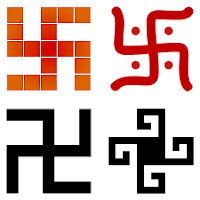
 The word swastika comes from the Sanskrit svastika, which means “good fortune” or “well-being."
The word swastika comes from the Sanskrit svastika, which means “good fortune” or “well-being." 
